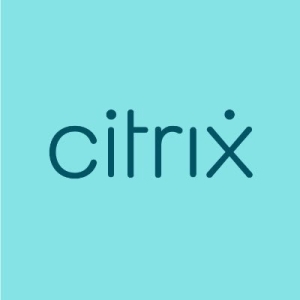The security layer is very high because I cannot copy-paste outside of the VDI. Screenshots are not possible, as everything will appear black. Within the VDI, users are focused on their specific tasks. It is a lightweight application that incorporates multi-factor authentication. It allows contact centers to work from home, using the VDI for application access while ensuring the person accessing the machine is the one doing the work. The security layer is robust, preventing copy-pasting outside the VDI or screenshotting.





